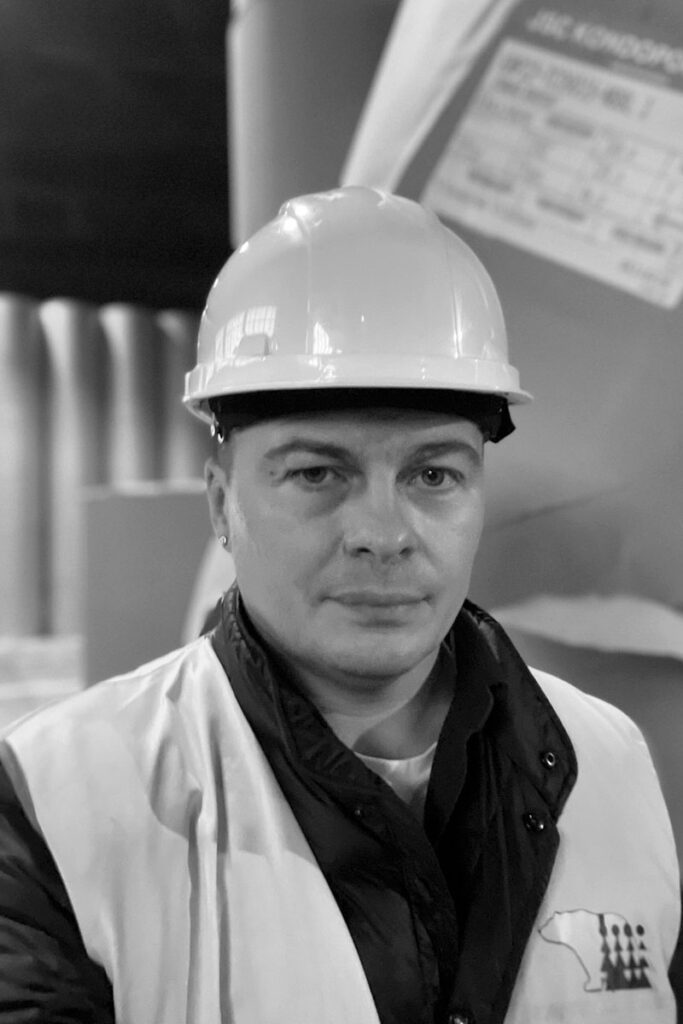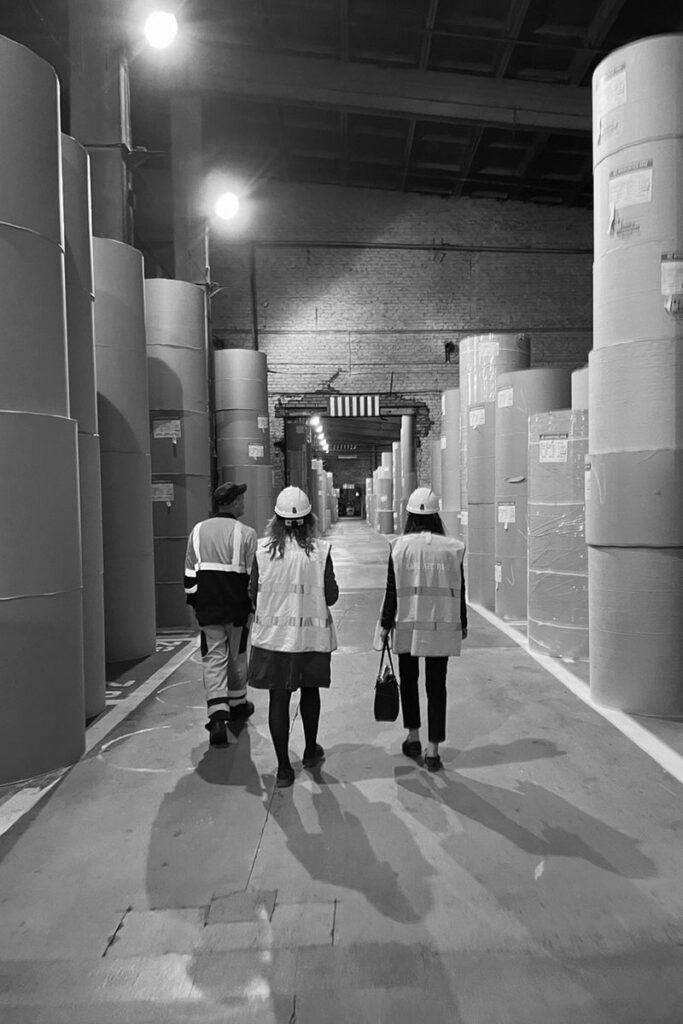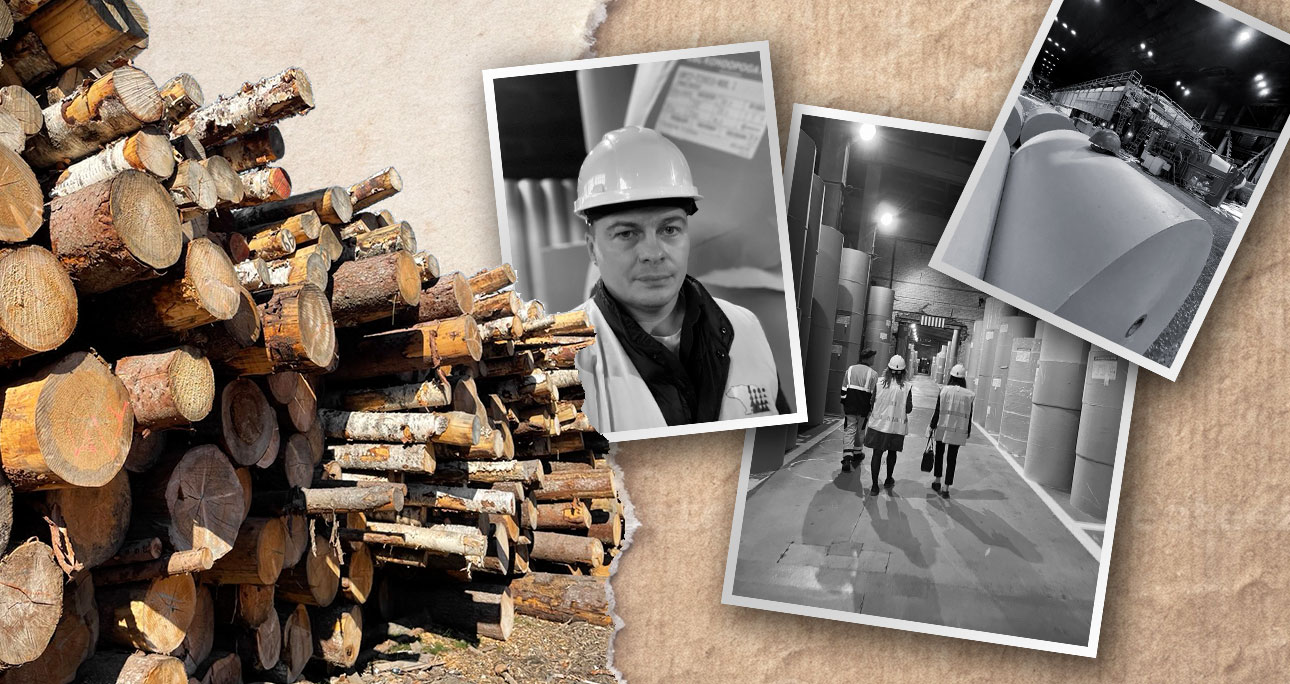Digital restructuring of internal communications between a pulp & paper plant and the group management
01
Objective
The pulp and paper plant (PPP), a city-forming enterprise and major production asset, was caught in a communications vacuum with its parent company. Interaction between the regional operational units and the central headquarters was fragmented and formal, resulting in disintegration, goal misalignment, and reduced efficiency. A sustainable, bidirectional digital communication system was needed — embedded in management and production processes.
Key challenge:
Bridge the management gap between headquarters and the local team; establish transparent, regular, measurable communication that fosters engagement and loyalty. Special focus was placed on identifying informal leaders and integrating them as feedback nodes and carriers of corporate culture.


02
Methods and Tools
- Offline staff survey (3,800+ respondents across 14 units): barriers, preferences, and preferred channels
- Informal influence mapping and identification of local leaders
- Audit of communication flows between branches and HQ
- Development of a communication channel matrix (formal, operational, informal)
- Rollout of digital channels: internal portal, segmented email digest, restricted Telegram channel, direct online sessions with management
- Visualisation of org structure and updated internal knowledge base
- Agile calendar for team meetings and monthly video briefings
- Kanban boards and HR communications with functional feedback channels
Marchar component:
- Classic printed engagement and employer brand survey (4,000 paper forms)
- “Bridges” campaign: clear visual logic for centre–region information exchange
- Weekly digital “info sessions” with feedback responses and decisions
- Involvement of informal leaders in design and promotion of communication initiatives
03
Timeline - 2023 год
Data collection and diagnostics:
1 month
Communication architecture design:
1,5 month
Pilot and channel implementation:
2 month
Metrics setup, training, and support:
3 month
Ongoing support and optimisation:
until end of 2023
04
Focus of Change
- Internal communications between the plant and HQ
- Communication practices in 14 production units
- HR processes: motivation, retention, engagement
- Staff awareness of company goals and decisions
- Informal leadership networks and peer connections
Noteworthy observation:
The traditional trade union was found to be functionally obsolete — it no longer served as a mediator or representative body. Alternative feedback mechanisms were created.
05
Estimated Budget
Consulting and architecture:
850,000 RUB
(€9,000)
Digital infrastructure rollout (portal, channels, visualisation):
700,000 RUB
(€7,400)
Communication campaigns and methodological support:
450,000 RUB
(€4,800)
Total budget (approx.):
€ 21,000
06
Scope
- 3,800+ employees engaged in the transformation
- All 14 units integrated into the new communication cycle
- 5 standardised channels in operation
- Digital participation: 68 % read the digest, 51 % follow the Telegram channel, 34 % attend briefings
- Response time to HQ initiatives reduced from 10 to 3 days
- Informal leaders identified and involved as key feedback nodes in each unit
07
Impact
- 37 % increase in staff loyalty to corporate policy
- Significant rise in strategic awareness among employees
- Higher feedback volume (suggestions, complaints, praise)
- Reduced perception of “top-down” decision-making
- HR team evolved into a proactive internal facilitator
- Employer brand reputation improved both internally and within the local community
- Formation of an informal core group sustaining engagement and feedback culture
Conclusion:
The transformation of communication between the plant and HQ demonstrated that even in industrial, remote contexts, it is possible to build a digital, human-centred communications system. Marchar became more than a method — it became a philosophy: marketing as a language of engagement, HR as the voice of the workforce. Identifying and empowering informal leaders proved vital, effectively replacing outdated, ineffective union structures.




